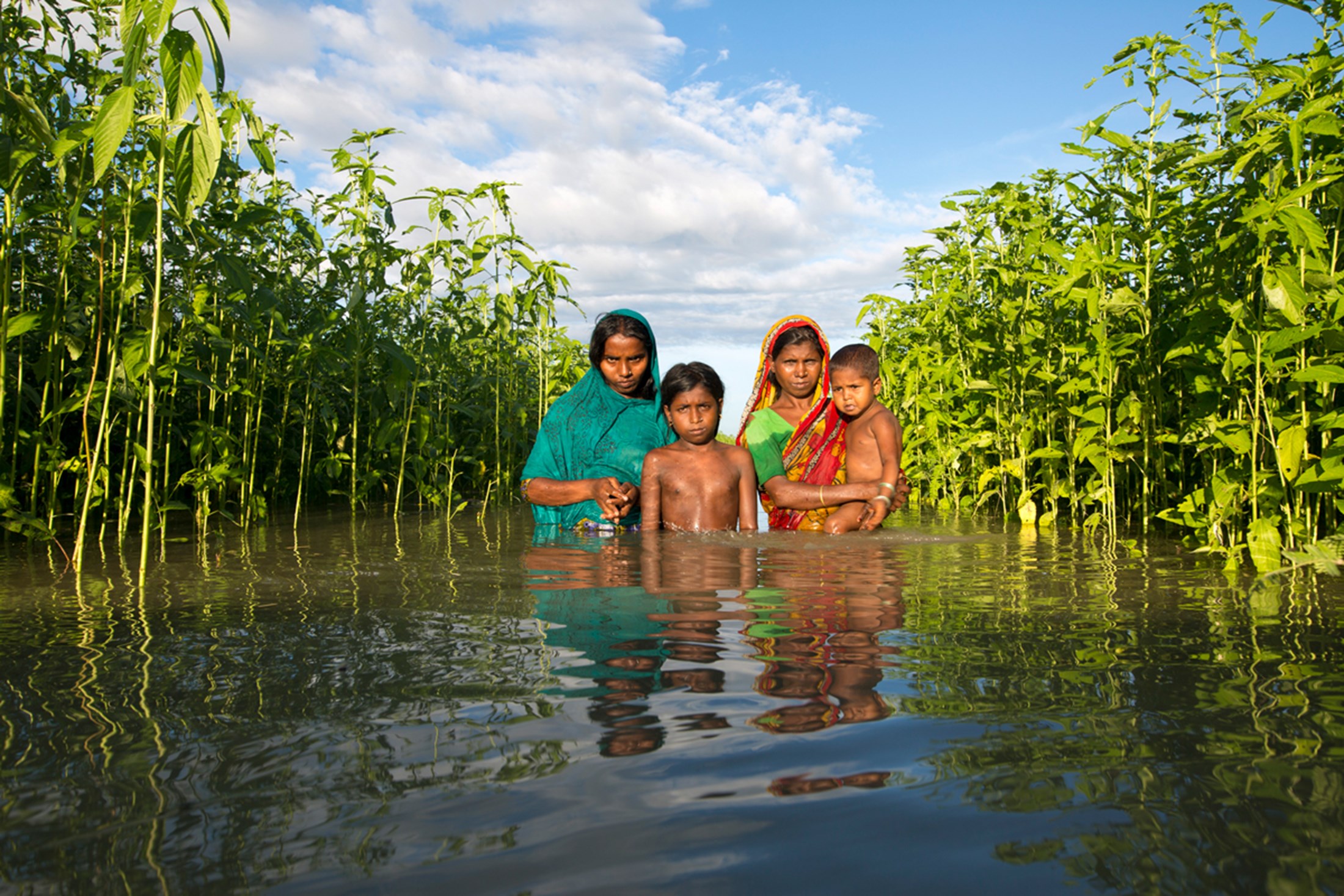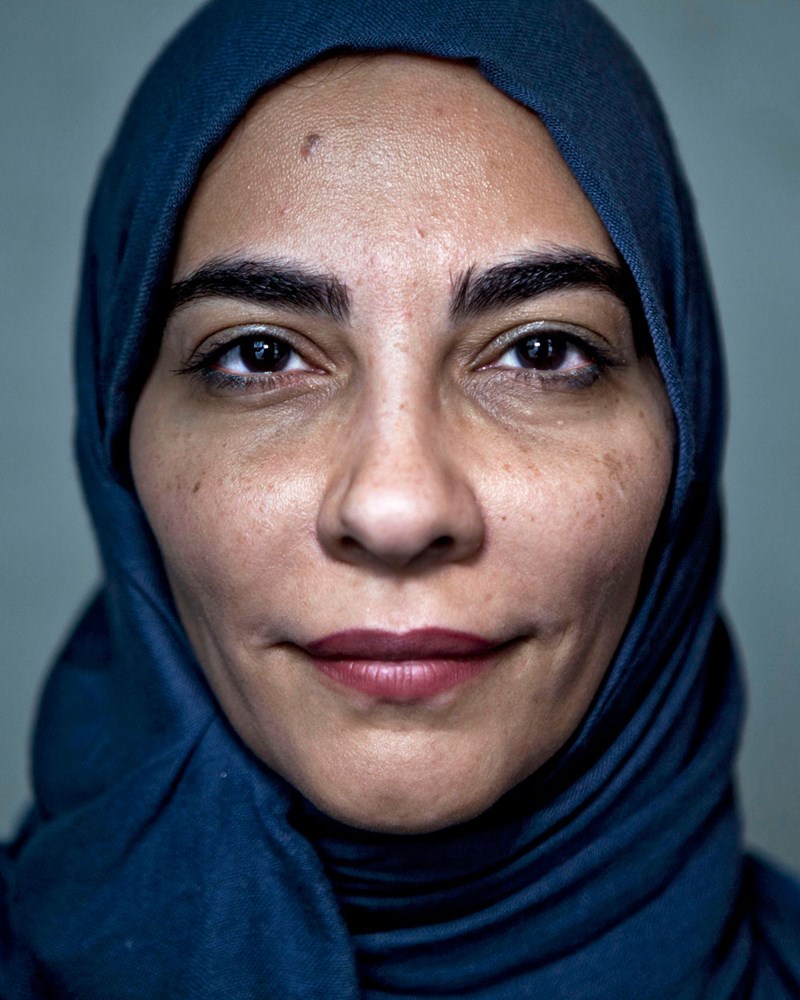The wildfires that swept Australia in 2019 and 2020 were of a ferocity that is difficult to fathom. By the end of March, they had scorched more than 72,000 sq miles of land, at least 3,500 homes, and killed more than 1 billion animals, with some species threatened to the point of extinction.
The scale of the fires – widely seen as a foretaste of what is to come as global temperatures rise – sparked a global outpouring of generosity. Nearly $500m in donations were pledged to the country’s fire services and nonprofit organisations, from a cohort of celebrities, companies and individuals.
In February 2020, Bill Gates declared climate was to be a priority for his foundation. Shortly afterwards, Amazon CEO Jeff Bezos announced his entry into philanthropy with a $10bn fund for climate action.
This month, Tesla CEO Elon Musk announced he would offer a $100m fund for the development of solutions able to remove carbon dioxide from the atmosphere or oceans.
These headline acts are important. Beyond them, however, the climate cause remains off the agenda for many philanthropists, attracting a tiny fraction of funding and donor commitments. Global warming is often overshadowed by better-publicised environmental struggles, such as protecting the oceans, or improving air quality – issues that are related but do not overlap.
In 2015, only 0.1 per cent of global climate funding came from philanthropy. In the same year, members of the Environmental Grantmakers Association – a group of leading philanthropists and foundations focused on environmental protection – gave grants totalling $1.54bn. Yet only $142m of that money went towards climate action.
More recently, a study by the US-based foundation ClimateWorks calculated that less than 2 per cent of the $730bn of global philanthropic funding given in 2019 went towards mitigating climate change.
And while civil society advocacy in this area has swelled in recent years, charitable donations have not followed suit. Americans, for example, direct only 3 per cent of their donations to environmental causes, meaning even less for the climate alone.
This funding shortfall is at sharp odds with the estimated $50 trillion needed to curb global warming and reduce net carbon emissions to zero. The global investment, outlined in an October report by Morgan Stanley, spans funding for renewables, biofuels, and other technology to 2050, with the aim of eradicating the equivalent of 53.5 billion metric tons of carbon dioxide a year.
Beyond the social and environmental consequences of failing to act on climate change, the report noted, going beyond a temperature rise of 2 degrees Celsius – the barrier set out in the Paris Agreement - could result in a loss of $10 to $20 trillion of global GDP by 2100.
Under the radar
The question then remains: why is there such a gap between the urgency of the climate problem and the timidity of the answer by donors?
In part, it is because many of us prefer to give to what we can see. The complex and evolving nature of the climate change question requires more thought from donors than an easily understandable cause, such as helping the victims of a natural disaster.
Donations are also often triggered by empathy and compassion for those affected – while climate change is too often seen as a distant threat with no immediate victims. This cognitive dissonance is also found in countries that, while taking strong initiatives to reduce their carbon footprint, continue to export hydrocarbons, which constitute a significant part of their GDP.
The impact of this apathy is enormous. The climate crisis poses an extreme risk to our planet, destabilising and amplifying weather patterns, with the poorest and most vulnerable communities worst hit. From raging wildfires to droughts, floods, food and water scarcity, and mass human migration, the need for bold, united and effective action on global warming is urgent.






